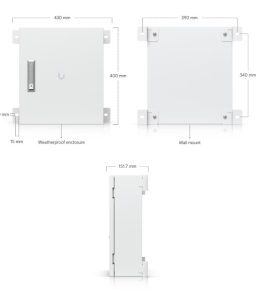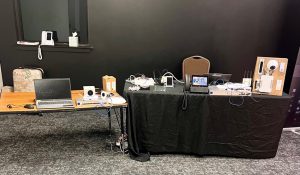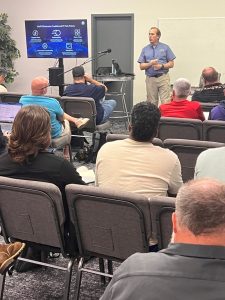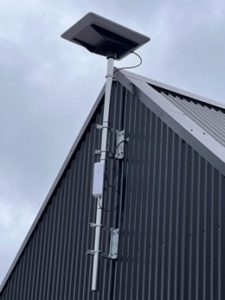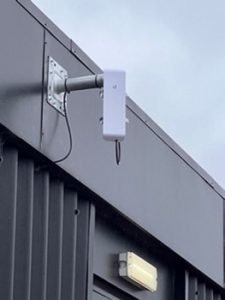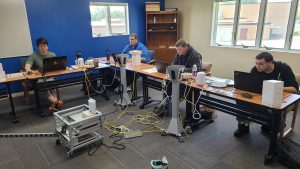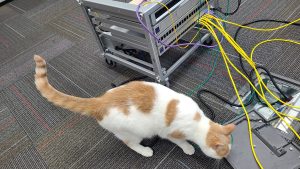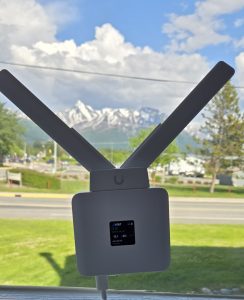There I was, troubleshooting a non-working Ubiquiti G3 Flex camera at a warehouse. It was frustrating. I pulled the camera out and plugged it directly into the switch, and the camera powered on with no issue. I then put a pin tester on the wire, which tested OK as well. I plugged the camera back in, and it powered up with no issue…but I had done this last week as well, and I didn’t want the camera to fail after a week.
Then I put my Fluke Ethernet tester on the wire, and it came up with “Passive PoE.” 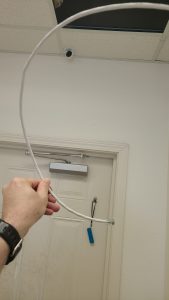
Well well well.
Most people are familiar with Power over Ethernet (PoE), which allows you to power devices using an ethernet cable directly from a network switch. PoE has been around for a while, with the 802.3af arriving as early as 2003, and the 802.3at (called PoE+) in 2009 and 802.3bt (called PoE++) in 2018. Ethernet power makes installing security cameras, wireless access points and even larger displays easy, with no need to hire an electrician. But before these standards existed, there were non-standard PoE switches that provided Passive PoE. Passive PoE provided either 24V or 48V across 4 or 8 wires, and is still used on the UISP hardware line. It’s easy and cheap to run, because it provides the voltage without regard to the downstream equipment.
So how did Passive PoE wind up on my ethernet? Clearly I didn’t want it there, and it was causing the camera to trip off.
The problem comes from physics, specifically from electromagnetic induction. As an electrical signal moves in a wire, it induces a magnetic field. That magnetic field can induce an electric field in a nearby wire, causing interference. Normally this isn’t an issue, since the wires in CAT-6 cabling have a small plastic divider called a spline that prevents alien crosstalk. But when cables are bundled close to each other, the magnetic field from one cable can affect nearby cables. This is made worse when you have multiple PoE devices that are pulling more electricity.
My cable, bundled next to others, was getting an induced voltage that my Fluke detected as passive PoE, which was causing the camera to eventually shut down.
The solution is to use shielded cable. Shielded cables can be STP, where the foil is shielding the entire cable, or FTP, where the foil shields each pair. This metal shielding makes the cable larger, but it eliminates the crosstalk and induction problems in large cable bundles. Even better, this shielding helps dissipate heat when the cables are running large loads. While your average WAP won’t likely heat up a cable too much, the PoE++ standard allows up to 90 watts of power, and can send up to 1.25 amps down a line. That amperage is above the let-go level, meaning if you grasped a wire with that much amperage your muscles might not be able to release it. Thankfully the switch would like shutdown quickly, but it would not be a fun experience!
If you’ve got large cable bundles with lots of PoE devices, its best to start using CAT-6A shielded cable to prevent the induction problems in your wiring.
Author: Ryan Haag
